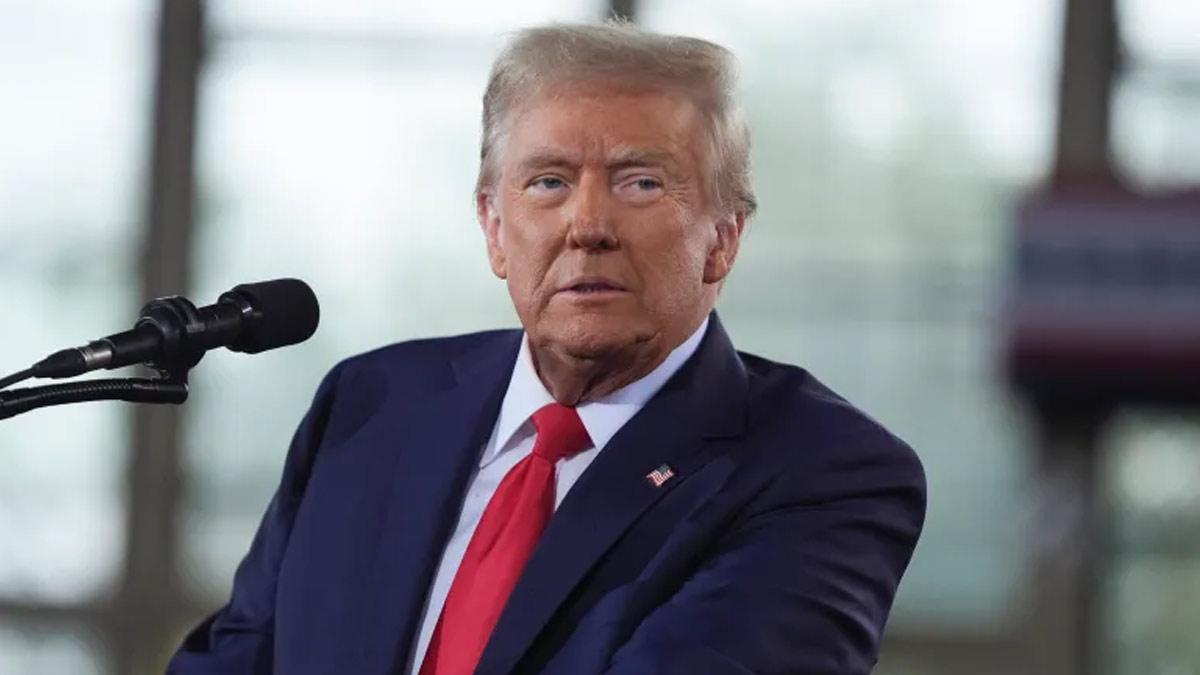Thursday saw American markets record their biggest drop in two years as a response to President Donald Trump's across-the-board tariffs imposed on all trading partner countries' imports. At the same time, the U.S. currency also reached its lowest point in recent history.
The total market capitalization of the U.S. stock market stood at $2.7 trillion as of midday, The Wall Street Journal reported. At that stage, the Dow Jones Industrial Average had shed 1,300 points, representing a 3.1% drop, as the tech-led Nasdaq plunged by 4.8%.
Sweeping Tariffs on More than 100 Countries
On Wednesday, President Trump rolled out a wide-ranging tariff plan targeting imports from over 100 nations. The starting tariff rate was 10%, with much higher, country-specific tariffs imposed on major trading partners. Interestingly, India was hit with a 26% tariff, China 34%, and the European Union 20%.
Other countries to which higher rates were imposed included the United Kingdom (10%), Japan, South Korea, Indonesia, Taiwan, Vietnam, Cambodia, Switzerland, Bangladesh, Pakistan, and Sri Lanka.
Trump argued the tariffs based on his reasoning that some friendly nations had been more unjust in trading relationships than even enemy states. He added his long-term issue of countries that had a huge trade surplus with the U.S. or levied extreme duty on exports of America.
Exemptions and Past Tariff Measures
Canada and Mexico were exempted from these new tariffs, but their imports were already facing a different 25% tariff imposed previously by the Trump administration. This was meant to put pressure on the two countries to stem the stream of illegal immigrants and fentanyl, a dangerous opioid, into the U.S. across their borders.
These new tariffs are the fourth step in Trump's policy to decrease the U.S. trade deficit, counter restrictive trade practices, and spur domestic production.
A Series of Tariff Increases
Trump's trade policies have played out in several phases. First, he imposed a 25% tariff on steel and aluminum imports, raising the aluminum tariff from its earlier level of 15%. This was followed by tariffs on Canada, Mexico, and China, citing China's involvement in providing precursor chemicals for fentanyl.
Subsequently, a 25% duty was imposed on imported automobiles and auto parts. Looking ahead, the Trump administration is now preparing to implement tariffs on pharmaceutical imports.
The market’s sharp reaction underscores the uncertainty surrounding the economic impact of these aggressive trade policies, with analysts closely monitoring further developments.
Read also| China Slams US Tariffs, Promises 'Resolute Counter-Measures'


















